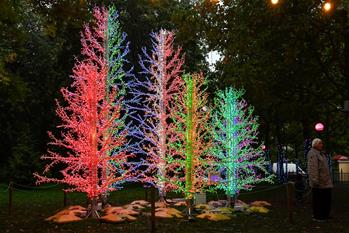HOHHOT, Sept. 20 (Xinhua) -- A recent analysis has validated the exact age of a prehistoric settlement in northern China's Inner Mongolia Autonomous Region, local experts said Friday.
The carbon-14 test conducted by a U.S. laboratory showed the Simagou ruins in Huade County could date back to 9,000 years ago in the Neolithic period, according to the regional institute of cultural relics and archaeology.
Bao Qingchuan, a researcher with the institute, said the ruins were believed to be the earliest site of the Neolithic period ever found in vast steppes of northern China, and the discovery is of great significance to Chinese archaeology.
From 2017 to 2019, archaeologists discovered 19 houses and 19 outdoor cooking ranges covering an area of over 2,200 square meters on the Simagou site. The houses are of different shapes, including circle and rectangle.
So far, over 4,000 items such as stone tools, bone artifacts and pottery shards have been unearthed from the Simagou ruins.
Archaeologists said the ruins might be related to the Yumin ruins, another prehistoric settlement found in the same county. They are likely to have belonged to the same clan, which migrated to the Simagou settlement in spring and summer and moved to the Yumin ruins when temperatures dropped.
"The discovery can provide clues for archaeologists to probe into the origin of the culture of the Neolithic age and the advent of primitive agriculture and animal husbandry in northern China," Bao said.

















